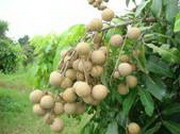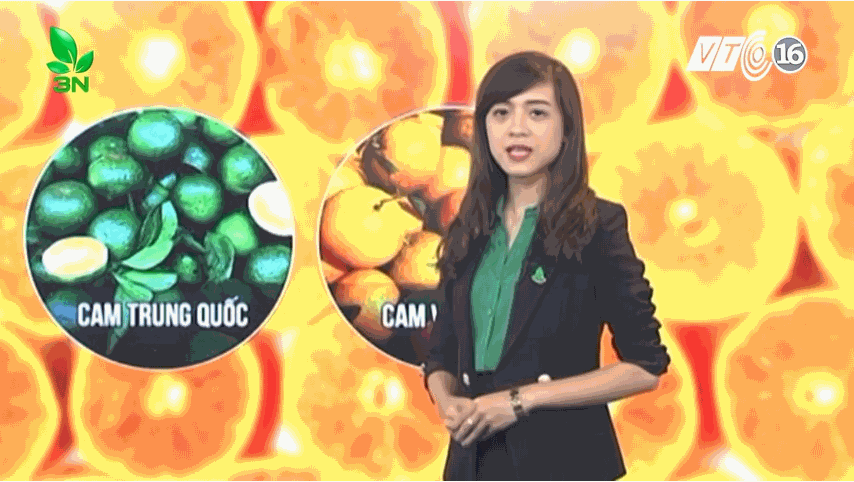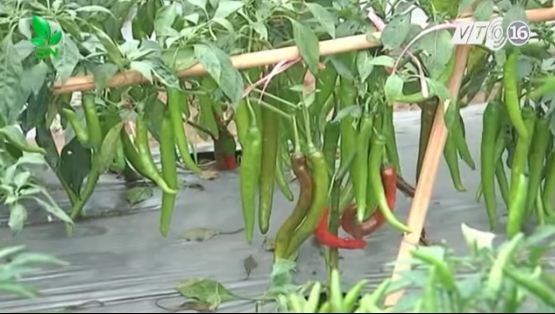Current status of late longan in Ha Tay (Ha Noi)
According to statistical data, in 2008, Ha Tay province (now is a part of Ha Noi) has a total longan area of 2,096.5ha, focusing in Quoc Oai, Hoai Duc, Dan Phuong and Ba Vi districts. Average longan yield reached 7 - 8 tons/ha, equivalent to production of about 15 thousand tons of fresh fruits. Although many technical advances haven’t been applied to production in Ha Tay province, longan has given high economic efficiency for growers in these areas.

Longan is a fruit crop with high economic value that has been developed from Northern to southern provinces of Vietnam. According to statistical data, in 2008, Ha Tay province (now is a part of Ha Noi) has a total longan area of 2,096.5ha, focusing in Quoc Oai, Hoai Duc, Dan Phuong and Ba Vi districts. Average longan yield reached 7 - 8 tons/ha, equivalent to production of about 15 thousand tons of fresh fruits. In the past few years, longan acreage with high yield and good quality in longan concentrated growing areas is getting increased, accounting for higher percentage and becoming special fruit crop and giving high economic efficiency for local growers.
The available longan trees in concentrated areas in Ha Tay are planted from seedlings; hence longan varieties in these local areas are diverse including early, main and late ones with different yield and quality. Due to higher income obtained from longan than many other agricultural crops, some initial studies on variety selection, cultural practices have been conducted by Central and local institutions. In collaboration with National Agricultural Extension Centre, Provincial Department of Agriculture and Rural Development and through Variety Selection Competitions, Fruit and Vegetable Research Institute has selected some longan varieties with good growth, high yield and good quality, especially late maturity, prolonging harvesting time. Of the selected late longan varieties, HTM-1 is harvested during 15 – 20 September approved by the Ministry of Agriculture and Rural Development, tested in pilot scale, rapidly multiplied and expanded in Northern provinces. Some other selected promising late longan varieties are TI-1 and HTM-2.
In term of cultural practices, longan growers have initially applied to technical advances to production such as irrigation, pruning, fertilizer application, pest and disease management, flowering treatment to overcome irregular fruiting. However, application of cultural practices differs from grower to grower. A surveyed result showed that about 40% of longan growers applied proper cultural practices; most of late longan growers applied manure combined with mono fertilizers; few used NPK fertilizer compounds. Pruning techniques were applied by few late longan growers.
Regarding pests and diseases on longan trees in general and on late longan varieties in particular, there are occurrence of aphids, stink bugs, stem borers, late blight, downy mildew and some other ones. About 75% of households used pesticides to control pests and diseases. However, application of the control measures is disadvantageous such as use of improper pesticide, use of improper pesticide dosage and time which has caused negative effects on growth, development, yield and quality of produce.
No post harvest technologies have been applied to production. Households manually harvest, transport fruit produces to markets by simple means. Longan fruit produces are mainly for fresh consumption. Some low quality longan produces are used for processing (drying). They have no labeling for specific local produces.
Although technological advances haven’t been much applied to production in Ha Tay, longan has brought high economic efficiency for farmers. In early harvesting season, mean price of late longan varies from VND 18,000/kg to VND 25,000/kg; at the end of harvesting season, it varies from VND 30,000/kg to VND 35,000/kg and it could be higher for high quality late longan. Most of longan produce is consumed by middle men, collectors at home gardens. Late longan produce in Ha Tay is mainly sold in neighboring areas like Ha Noi, Ha Dong, Son Tay through markets and stands; and this produce is unavailable in supermarket system and in further markets.
Late longan varieties in Ha Tay had good growth and development, high yield, good quality, adaptability for various areas in Northern provinces; especially harvesting duration could last 15 – 20 September which will become special fruit produce in markets in the North of Vietnam. These late longan varieties could be expanded in appropriate scale in some Northern provinces for the purpose of increase late longan productivity with good quality, improving growers’ income. The trend of fruit development in Ha Tay province (now is a part of Ha Noi) included: firstly improvement of available longan acreage by late longan varieties with good growth, high yield and good quality; then expansion of acreage and increase of longan production. With the above objectives, in a cooperative program with the International Centre for Underutilised Crops (ICUC), the Fruit and Vegetable Research Institute (FAVRI) in collaboration with research institutes/ local authorities has established some activities during 2008 - 2011 in order to sustainably develop late longan varieties in local areas, contributing to increasing longan acreage and production as well improving local longan growers.
As Nguyen Thi Hien, Dinh Thi Van Lan- Fruit Department - FAVRI
Newer news items:
- Area of dragon fruit in Binh Thuan province is suddenly increased - 17/10/2017 11:02
- Anther culture - 17/10/2017 11:01
- Transgenic technology, increasing yield of 4 crops in Vietnam - 17/10/2017 11:00
- To bring Vietnamese fruits to the world market - 17/10/2017 10:58
- Bitter Gourd Pamphlet - 17/10/2017 10:57
Older news items:
- Establishment of the VietGAP practical manual on vegetable crops - 17/10/2017 10:54
- “The Old Ochna” – specious genetic resource in the risk of extinction - 17/10/2017 10:51
- A working mission at the Fruit and Vegetable Research Institute by Mr. Ghari Radi Abodi – Deputy Minister of Agriculture of Iraq - 17/10/2017 10:49
- Biện pháp kiểm soát ngài đục khoai tây bằng vi-rút - 17/10/2017 03:04


